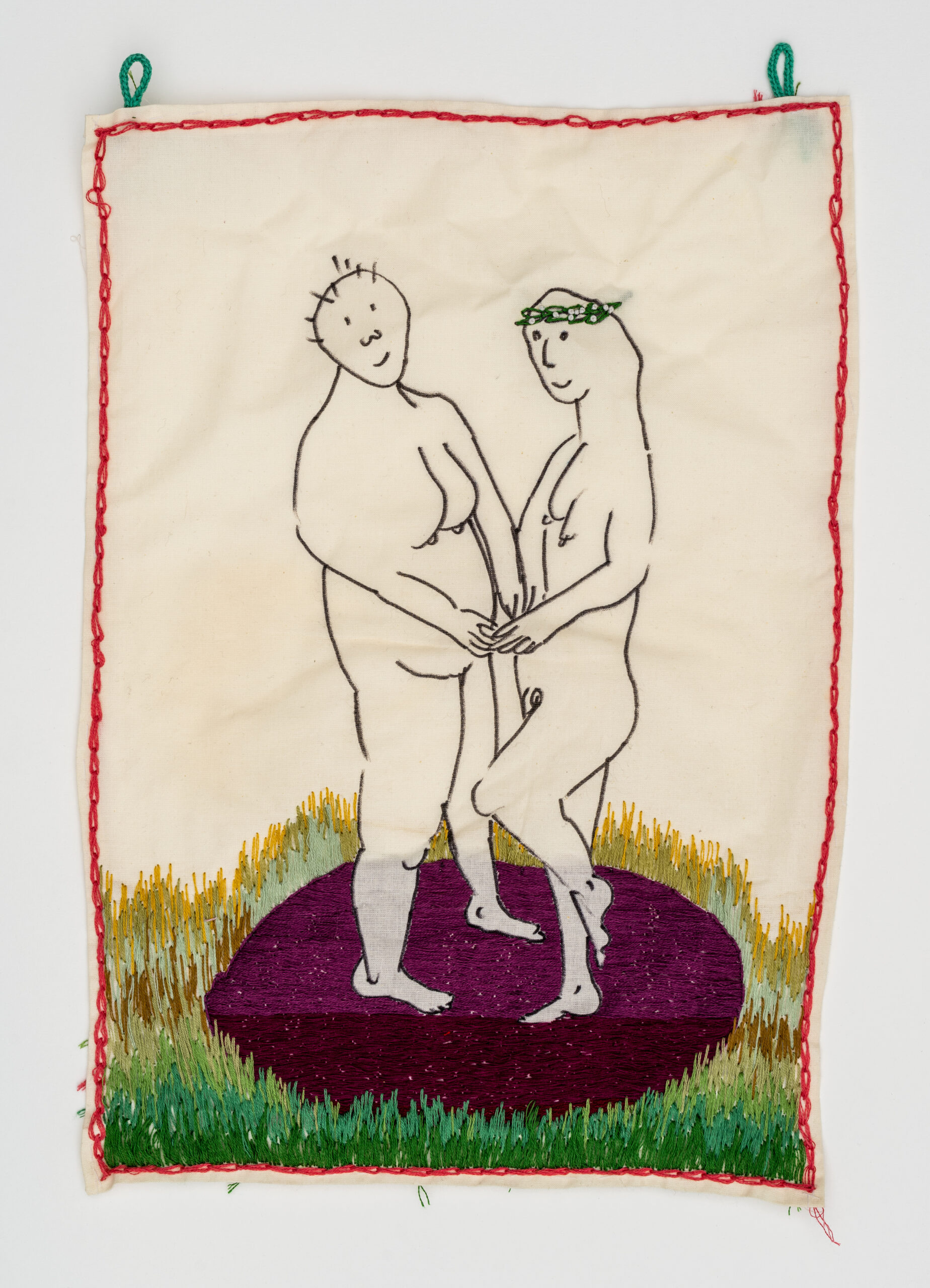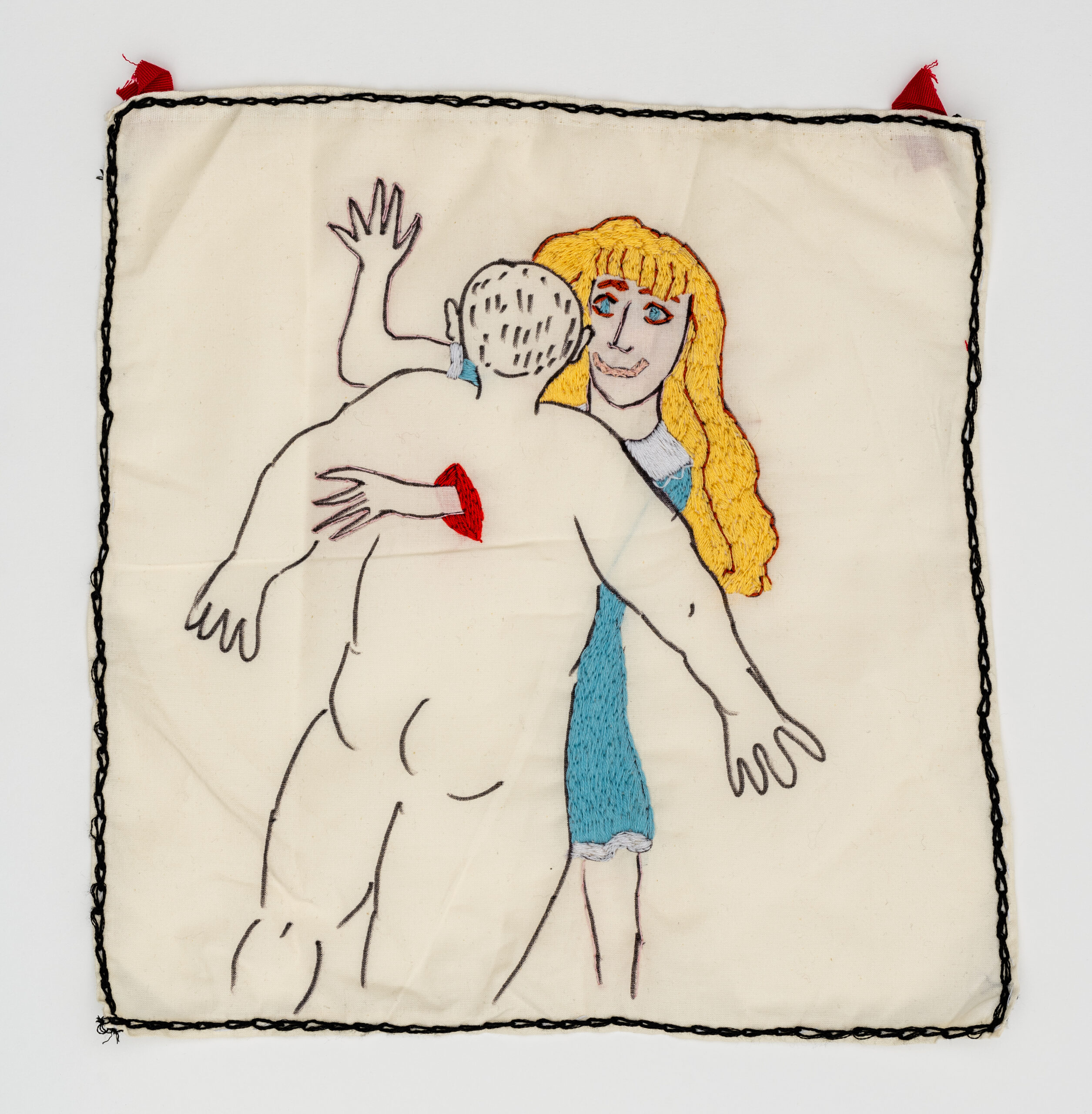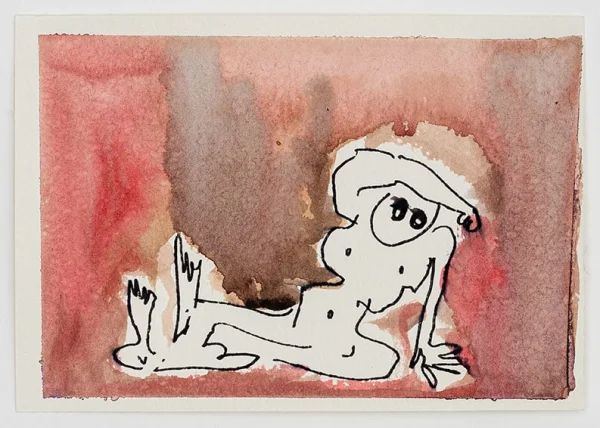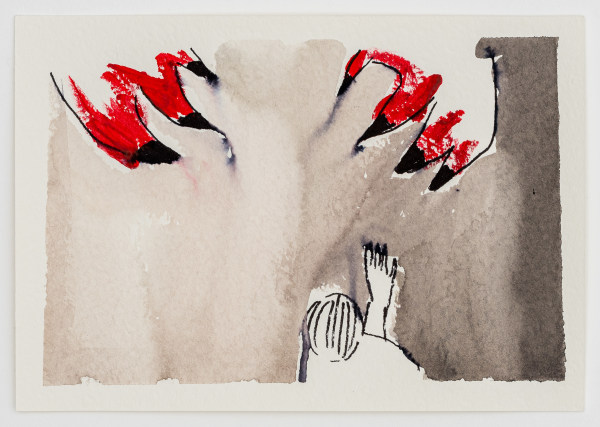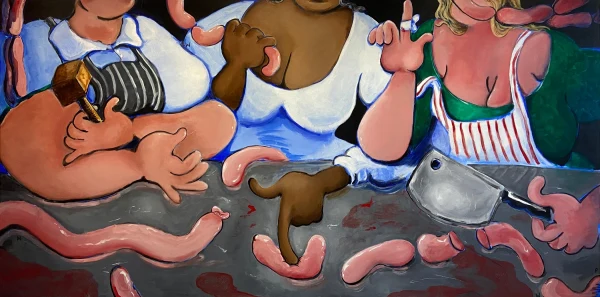Rage Comics
14.07 – 02.09.2023
Includes:CohenSterling–Works (37)–
Closed
Hours
Monday to Saturday, 10:00am – 5:30pm
Gallery
45 Maddox St
London
W1 4DE
Huxley-Parlour are pleased to announce ‘Rage Comics’, a two-person exhibition by Shir Cohen and Olivia Sterling. The exhibition at Huxley-Parlour’s Maddox Street space visually references a Butcher’s shop, or perhaps a slaughterhouse, as both artist’s channel their own personal rage through the language of flesh, meat and the carnal.
Includes: Shir Cohen, Olivia Sterling
The title of the exhibition, ‘Rage Comics’ alludes to the duality of the artists’ approach to their subject matter: of anger channelled through a comedic lens. It also directly refers to the digital cartoon strips – ‘Rage Comics’ – that use a set of pre-made cartoon characters, known as ‘rage faces’. These cartoons were most prevalent in the early 2010s but still exist in the fabric of many digital subcultures today. They are crudely drawn, often made in Microsoft Paint and follow simple story lines, often, but not exclusively, expressing rage.
Cohen and Sterling are, with their exhibition, seeking to reclaim and redirect this rage. Both artists share a fascination with the use of cartoons and memes by hate-groups in digital spaces, with a particular focus on the ‘Manosphere’, namely Incel culture and the alt-right. These groups view the world through the lens of genetics, racial and gendered stereotypes, as well as sharing a particular sense of humour. Cohen and Sterling investigate memes’ unique position in straddling both humour and hate. The term ‘meme’ – originally coined by Richard Dawkins in his 1976 book The Selfish Gene to describe elements of culture that are distributed by imitation – now denotes a shared digital image culture. Simplistic, reductive, and easily manipulated, memes are transformed by the addition of text, moving freely between trivial, absurdist or political, as they are circulated through digital spaces.
Cohen and Sterling are interested in what happens to memes in the hands of those seeking to spread racist and sexist ideologies, and how the visual language of memes seems to enable this. The artists address the widespread use of irony, satire and ridicule in meme culture as a method of legitimising, normalising, or at the very least obscuring, misogynist or racist beliefs.
The Exhibition
9









The Works
37








